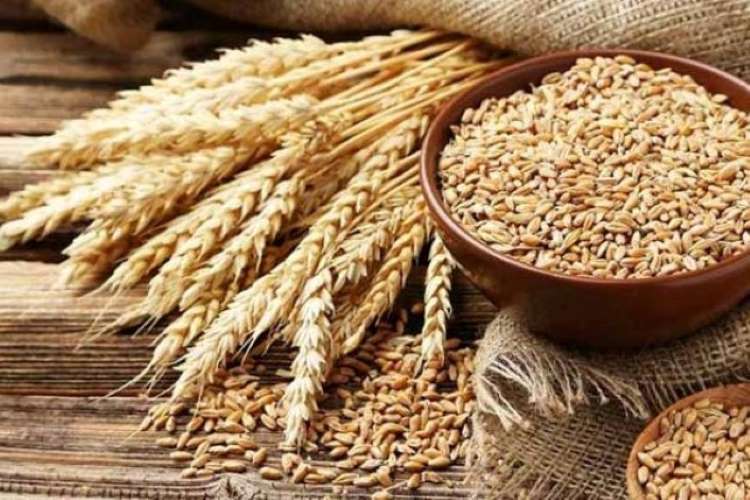PMGKAY: The government may discontinue its populist free food scheme — Pradhan Mantri Garib Kalyan Anna Yojana (PMGKAY) — as its coffers continue to deplete. While the department of expenditure at the finance ministry was expected to extend the scheme beyond September, the government’s precarious fiscal position may force a rethink. In March, the government had extended the scheme till September.
The Centre has allocated Rs 2.07 lakh crore for food subsidies in the current financial year. However, extending the scheme further is likely to cost another Rs 80,000 crore to the government. This means that the food subsidy bill will swell to Rs 3.7 lakh crore in 2022-23.
ALSO READ: Jal Jeevan Mission may help govt allay water quality concerns
What is PMGKAY scheme
The Bharatiya Janata party-led government rolled out the free food ration in March 2020 amid the Covid-19 lockdown to help the poorest citizens of the country. The scheme was aimed at covering 80 crore Indians or nearly two thirds of the country’s low-income population. The government provided free 1 kg of pulses per family plus 5 kgs of wheat or rice per head in a family for three months to prevent disruptions in availability of the food grain. This was in addition to the subsidised ration provided under the National Food Security Act.
Implementation of both PMGKAY and subsidised ration meant eligible people received 5 kgs of free wheat or rice per month which adds up to 25 kgs of foodgrain for a family of five every month plus the subsidised ration. The scheme not only served to protect the poorest of the country but also served political dividends for the ruling party in assembly elections. The PMGKAY was reintroduced in May 2021 amid the second wave of the pandemic.
How badly does India need free or subsidised food?
India ranks 101 in a list of 116 countries on the Global Hunger Index 2021 should be alarming enough and is enough evidence that despite government efforts, a significant number of the country’s population still suffers from hunger. One of the chief reasons behind non-availability of food grain for all is climate change, and the Covid-19 pandemic and its consequences are all driving hunger and aggravating existing inequalities and cracks in the food system.
India is also the highest child wasting ranked country worldwide. In simple terms, child wasting means a malnourished child who is too thin for his or her height and is the result of recent rapid weight loss or the failure to gain weight. This makes a child more vulnerable to the risk of death.
Under Right to Food Act or National Food Security Act, 2013, various food security programs are covered including Midday Meal Scheme and Public Distribution System. The midday meal scheme is universal while PDS reaches about two-thirds of the Indian population. Major commodities under PDS include staple food grain such as wheat, rice, sugar and fuel such as kerosene.
Why is the government taking down the free food scheme?
More tax cuts or food subsidy extensions are likely to adversely hit the fiscal math according to government officials cited in media reports. Extending PMGKAY beyond its present period is unviable both on the grounds of food security and on fiscal grounds. The government is already spending on free ration, fertilizer subsidy, and cooking gas subsidy. Recent excise duty cuts on petrol, diesel and customs duty on edible oils have also led to a jump in financial burdens.
The same was done to limit rising inflation in the country. For FY23, the fiscal deficit of 6.4 per cent of GDP is expected, while Fitch Ratings expect it to be 6.8 per cent due to higher subsidies and revenue loss due to duty cuts. The government is also staring at extra expenditure of Rs 1 trillion on fertilizer subsidy in FY23 which has resulted due to the ongoing war between Russia and Ukraine. The government cannot afford to pass on the increased cost of imported fertilizers to farmers. However, according to analysts, the government will have to find resources to fund this scheme to tackle India’s hunger crisis.
Ensuring food security in India
While the government provides food security via the Public Distribution System (PDS), further steps are needed to strengthen the same and cover more people under its ambit. For instance, migrant workers were unable to secure subsidized ration during the coronavirus lockdown as people are entitled to ration only from their designated fair price shop as per their ration card. The government has already started to take steps in the direction with the goal to implement One Nation, One Ration Card scheme.
With the BJP facing elections in key states such as Gujarat and Himachal Pradesh by the year end, it may not be a wise decision for the government to scrap free food scheme as of now. The inflation is also high and people are yet to recover from the coronavirus woes making the decision to scrap the scheme precarious.

